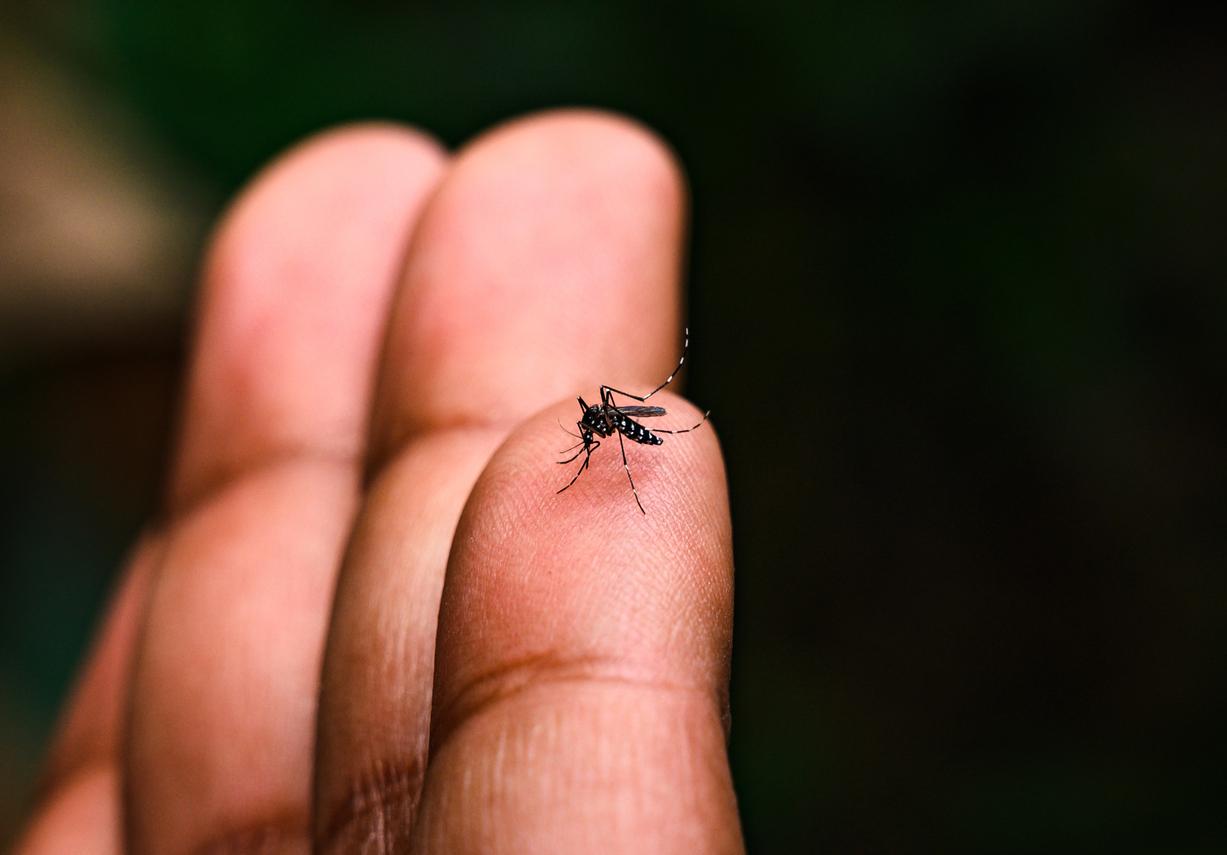The agriculture ministry is still trying to slow down the bird flu epidemic. The area for preventive slaughter of animals was once again extended.

Will the bird flu epidemic never end? While the number of outbreaks has grown again, bringing to 387 farms and 49 cases in wildlife on March 7, the Minister of Agriculture, Stéphane Le Foll, has decided to expand the preventive slaughter zone .
In the Official Journal of this Wednesday March 8, a decree indicates that the farms of 609 municipalities of Landes (265 municipalities concerned), Gers (161), Pyrénées-Atlantiques (131), Hautes-Pyrénées (48) and Haute-Garonne (5) will have to slaughter their healthy animals in order to curb the spread of the H5N8 avian influenza virus. About thirty additional cities are therefore concerned compared to last week.
This preventive slaughter is supposed to break the cycle of virus diffusion in these 5 departments most affected by the epizootic. In the Landes alone, this strategy should lead to the death of more than 360,000 palmipeds.
Emptied farms
At the same time, a gradual depopulation of farms like the one introduced during the previous bird flu epidemic in 2015-2016, will be implemented. It prohibits any movement of animals. Thus, all the poultry remaining on the farms will go to the end of the production chain. They will not be replaced immediately in order to disinfect the premises. According to the ministry, the return of the animals should take place at the end of May.
The H5N8 strain currently in circulation is highly pathogenic to animals. On the other hand, it does not appear to have infected humans. Thus, “the consumption of meat, foie gras and eggs presents no risk”, recalls the ministry.
United States: the Asian strain arrives
Bird flu is not just affecting France. China, and now the United States, are also facing cases ofinfluenza avian. However, the strain found in these two countries is different. This is the H7N9 virus, much more virulent and capable of infecting humans. In China, around 100 people are believed to have died since the start of the year.
A strain found in a breeding farm in Tennessee worries the United States. The American authorities have indeed announced that the chickens had been infected with H7N9. But they point out that the virus is genetically distinct from the Asian strain. In other words, these two viruses have the same name, but do not share the same genes, and in particular those which facilitate the contamination of humans. The Department of Agriculture was therefore reassuring: the risk to humans is low.
.















